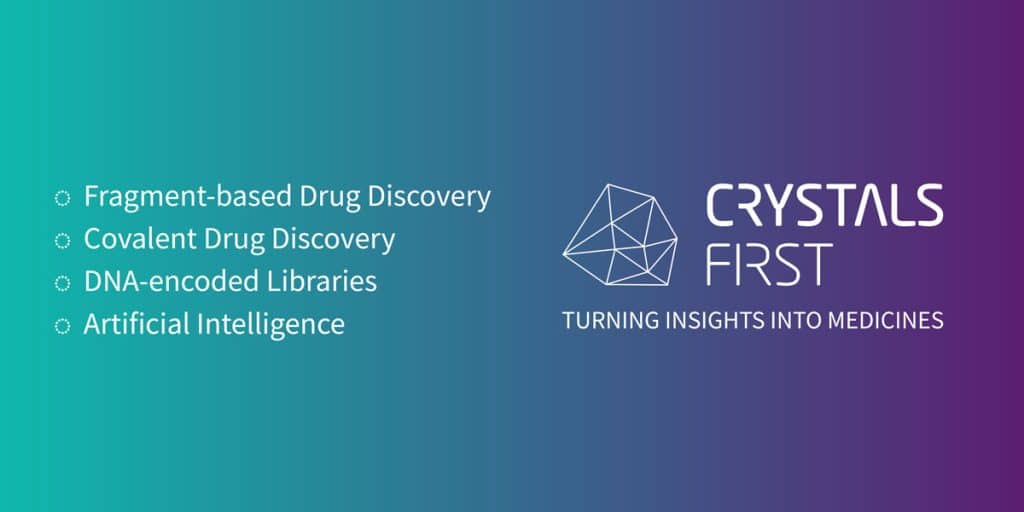The challenge of the industry remains – access to chemical matter. The DDC conference was full of highlights focusing mainly on enabling technologies and platforms that unlock chemical matter.

The range of applications of FBDD ranged from non-covalent to covalent screening techniques. One of the best talks highlighting the application of crystallographic fragment screening on KEAP1 was by Marcel Verdonk. I want to emphasize that in this work the FBDD campaign was used in a versatile way. Crystallographic hits, although exhibiting low affinity, were used as starting points for fragment linking. The resulting compounds with lead-like properties were used to build up a focused HTS-library.
This results in a nM compound. Stephen Fesik highlighted how to address the transcription factors Myc by targeting WDR5, which resulted in potent compounds which have been validated in animal studies. It seems that the beta propeller proteins are an emerging target family that are well amenable for FBDD.
The covalent space has been growing significantly over the past years, which is reflected by 24 talks at the conference. Dan Nomura has highlighted the application of chemoproteomic platforms using covalent fragments. It’s striking that covalent labeling leading at IDPs induces an even higher disorder leading to protein degradation.
This has been demonstrated for Myc by targeting the intrinsically disordered Cys171. Prof. Pellecchia highlighted that going beyond cysteines is a viable strategy for gaining selectivity targeting e.g. lysines. Tuning experimental setups to enable covalent labeling of lysines seems to be critical for high-quality results. For example, sulfonyl chlorides can label lysines but can also react with the His-tag, which depends on the concentrations of the ligand vs. protein.
It seems that library screening without the His-tag is a better idea. Joachim Broeker from Boehringer Ingelheim presented how BI-0474 was developed. FBDD and SBDD were enablers. The interesting part was that they grew their compounds by starting from a covalent screen of fragments of the S39C mutant. The fragments were bound to the switch II pocket and used the hits as non-covalent hits and grew them towards the Cys12, leading towards the reversible covalent inhibitor BI-0474.
Although I have not been participating at the DNA-encoded libraries (DELs) track, it seems that DEL screening is gradually replacing the “gold standard” to screen for Ro5 compounds in HTS. In discussions with colleagues, I learned that some companies are taking advantage of DEL screening, which enables access to a larger chemical space compared to HTS. The field is still evolving and Prof. Joerg Scheuermann from ETH showed the potential of the DEL technology for macrocycles. We’ll see more developments from the DEL space.
Due to the overlap with other talks I could only join several talks of the AI for drug discovery track. Most of the AI/ML applications are still for relatively basic scenarios but machine learning complements drug discovery technologies quite well. The question that I often ask is whether we are better off with ML-based tools or with “just” executing the experiments and synthesizing molecules. Of particular note was the presentation by Bryce Allen from Differencitated Therapeutics.
It was quite impressive how the preference for ligases of specific compounds can be predicted by their engine. Also, a target id case study by InSilico Medicines showed how fast hypotheses can be generated and tested using AI platforms, which was demonstrated for CDK20. I believe this is the strength of the AI/ML platforms, namely, generation of a higher number and potentially more precise hypotheses for experimentation.
Overall, FBDD, AI and DELs are really exciting technologies that will deliver even more exciting drug discovery stories in future.